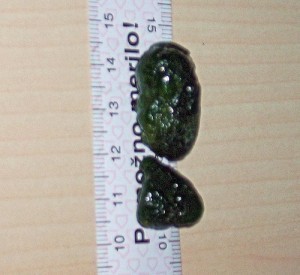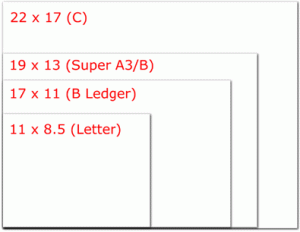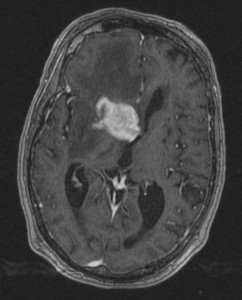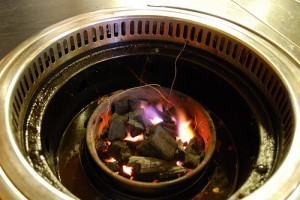How Big are Gall Stones?
Gallstone sizes have a wide range. Some are no bigger than a single grain of sand. Others are as large as a golf ball.
Characteristics
The gallstone is a type of crystalline concretion. These are created inside the gallbladder. This is due to bile component accretion. Although the calculi are created inside the gallbladder, they can go into other biliary tract areas (i.e., pancreatic duct, common bile duct and cystic duct).
If these stones are in the bladder, complications like acute cholecystitis may arise. If the stones are in other areas of the biliary tract, pancreatitis or ascending cholangitis may strike. Both are potentially fatal and must be treated quickly.
Gallstones Symptoms
Regardless of gallstone sizes, it is important that the symptoms are evaluated as soon as possible. Asymptomatic stones are known as silent stones. In this case there is no need for treatment. Once the stones go beyond 8 mm in size, the symptoms will manifest. The most common symptom is pain at the abdomen, particularly the upper right side.
The sensation may be accompanied by vomiting and nausea. The pain intensity goes up and lasts for half an hour. In severe cases the pain lasts for several hours. Pain may also be felt under the right shoulder or between the shoulder blades.
The symptoms are similar to what is felt during a kidney attack. The symptoms usually manifest after a high cholesterol meal. In almost every case the attack happens at night.
Other Signs
Not all patients experience the symptoms mentioned above. Others may suffer from indigestion, gas, belching and fatty food intolerance. One of the more common signs is bloating of the abdomen.
Causes
Those over 40 years of age are more susceptible, especially if they are overweight. Females are more likely to be affected than males. Studies show Caucasians are more vulnerable. Gallstone sizes may increase due to lack of melatonin. Melatonin plays a role in cholesterol secretion inhibition. It is also an antioxidant.
Researchers have also determined that the stones may be due to body weight. Genetics and body chemistry may be contributing factors. A low fat diet reduces the risk of acquiring the disease. However, this does not mean you will not get it.
Aside from reducing cholesterol in your diet, adding fiber helps too. Other factors that may lead to stones formation are eating fewer meals per day, losing weight too quickly, not eating enough fish and constipation.





